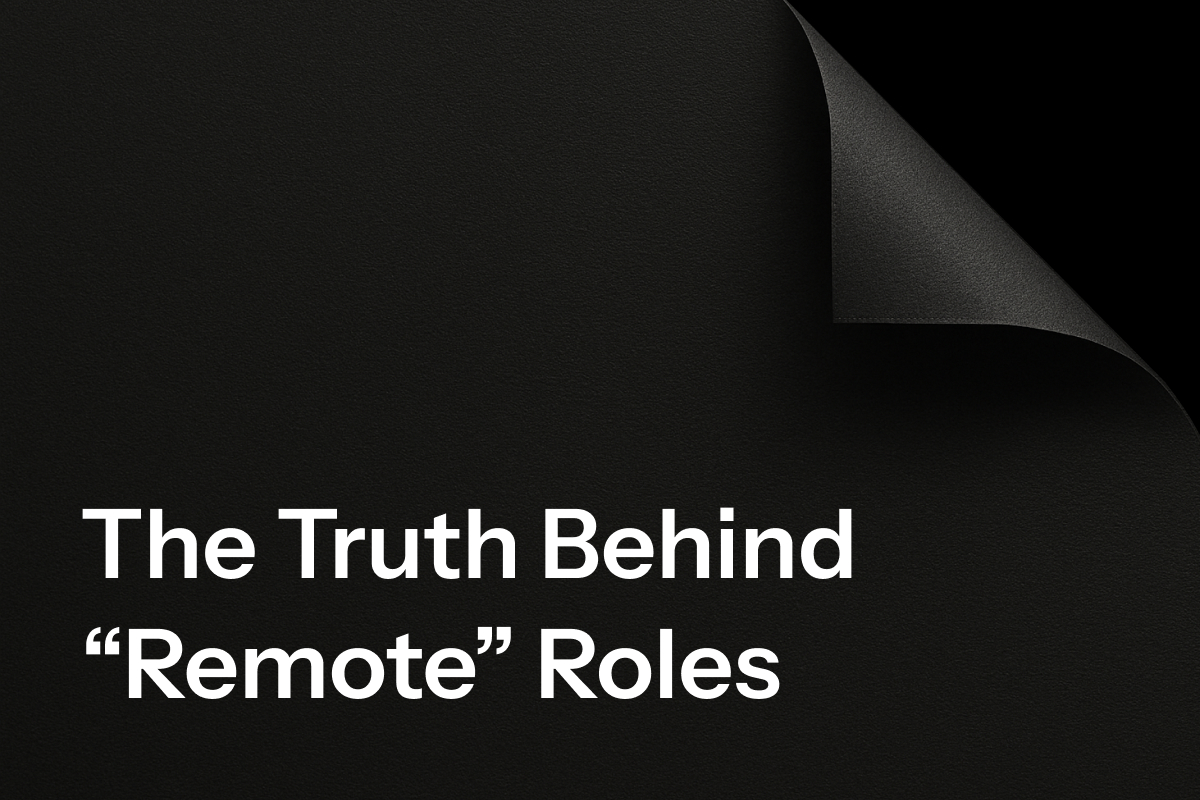Hiring in the IT industry is more competitive than ever. With the rapid pace of technological advancements and the constant demand for specialized skills, companies are scrambling to secure top-tier talent. Yet, many organizations especially those at the executive level are unknowingly sabotaging their own hiring efforts. These mistakes are not obvious missteps like failing to offer competitive salaries or neglecting employer branding. Instead, they are deeply ingrained issues in the hiring process that go unnoticed until they result in lost candidates, wasted resources, and unfilled roles.
Overemphasizing Technical Skills While Ignoring Adaptability
It is tempting to chase candidates who check every technical box on a job description. However, in an industry where technologies evolve rapidly, hiring purely based on a rigid skill set can be a costly mistake. The best IT professionals are those who can adapt, learn quickly, and grow with the company’s needs. Hiring managers who focus solely on predefined skill sets risk bringing in employees who are great for today but obsolete tomorrow.
The Fix Prioritize problem-solving abilities, critical thinking, and a proven track record of learning new technologies over a perfect skills match. Look for candidates who have successfully transitioned between tech stacks or learned new programming languages on the job.
Rigid Hiring Processes That Drive Away Top Candidates
Speed matters in IT hiring. The best candidates are not waiting for weeks to hear back from companies they are receiving multiple offers within days. Many IT companies have hiring processes designed for a different era prolonged interview cycles, excessive technical tests, and unnecessary approval layers. These delays frustrate candidates and make them question whether they truly want to work in such a bureaucratic environment.
The Fix Streamline decision-making and interview processes. If a candidate is exceptional, move fast. A lean process with clear timelines ideally no more than three weeks from first contact to offer can make all the difference.
3. Misjudging Cultural Fit in Remote and Hybrid Environments
In the IT sector, remote and hybrid work are now the norm. Yet, many companies still evaluate cultural fit based on outdated, in-office dynamics. Hiring managers look for team players who align with a traditional work culture rather than assessing a candidate’s ability to thrive in a digital-first, asynchronous environment. This leads to hiring mismatches and retention issues down the line.
The Fix Redefine cultural fit for a modern workforce. Instead of looking for candidates who fit in with an outdated company culture, look for those who can enhance and contribute to it in a distributed work environment. Evaluate candidates based on communication skills, self-motivation, and their ability to collaborate effectively across different time zones.
Underestimating Soft Skills in Technical Roles
The assumption that IT professionals only need strong technical skills is outdated. Many IT roles especially those in software development, cloud engineering, and cybersecurity require collaboration across departments, stakeholder communication, and leadership abilities. Yet, hiring managers often overlook soft skills and later wonder why projects are delayed due to miscommunication and poor teamwork.
The Fix Test for soft skills as rigorously as technical skills. Include scenario-based questions in interviews, encourage cross-functional panel interviews, and assess a candidate’s ability to explain complex technical concepts to non-technical stakeholders.
Letting AI and Automation Replace Human Judgment
While AI-driven recruitment tools can enhance efficiency, relying solely on algorithms to screen resumes can cause companies to miss out on outstanding candidates. Automated systems often filter out applicants based on rigid keyword matching, disregarding unconventional career paths or self-taught professionals who bring immense value.
The Fix Use AI as a tool, not a decision-maker. Ensure human oversight in resume reviews, particularly for roles where unconventional experience can be an asset. Encourage hiring teams to look beyond keywords and consider the full picture of a candidate’s potential.
The Cost of Overlooking These Mistakes
Every unfilled IT role translates into lost productivity, delayed projects, and increased pressure on existing teams. Worse, making the wrong hire can cost companies not just financially but also in terms of morale and long-term innovation.
The IT industry is moving fast, and hiring strategies must evolve with it. Executives and hiring managers who acknowledge these hidden mistakes and take proactive steps to correct them will be the ones who build the strongest, most adaptable teams.
The IT industry is moving fast, and hiring strategies must evolve with it. Executives and hiring managers who acknowledge these hidden mistakes and take proactive steps to correct them will be the ones who build the strongest, most adaptable teams.
Because in today’s market, the companies that hire best will win.




